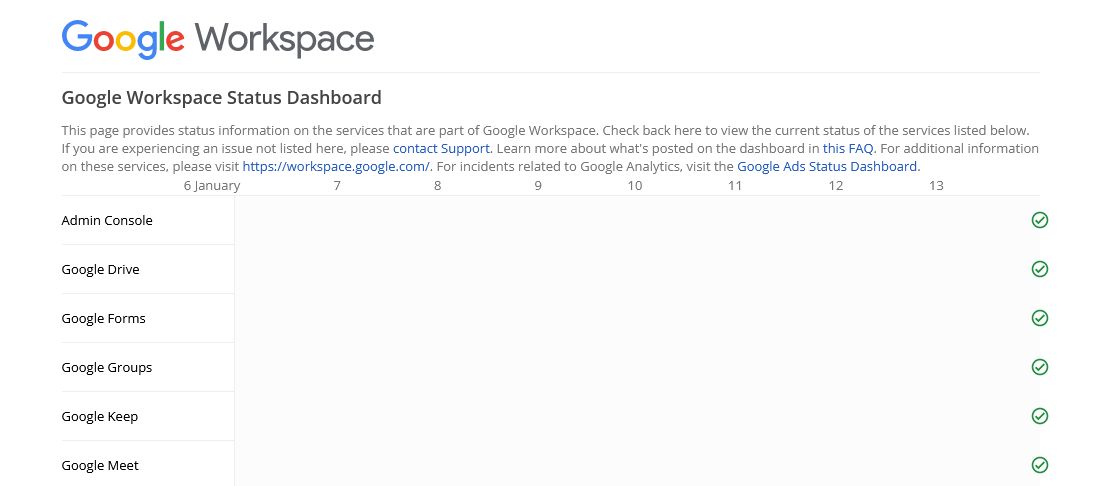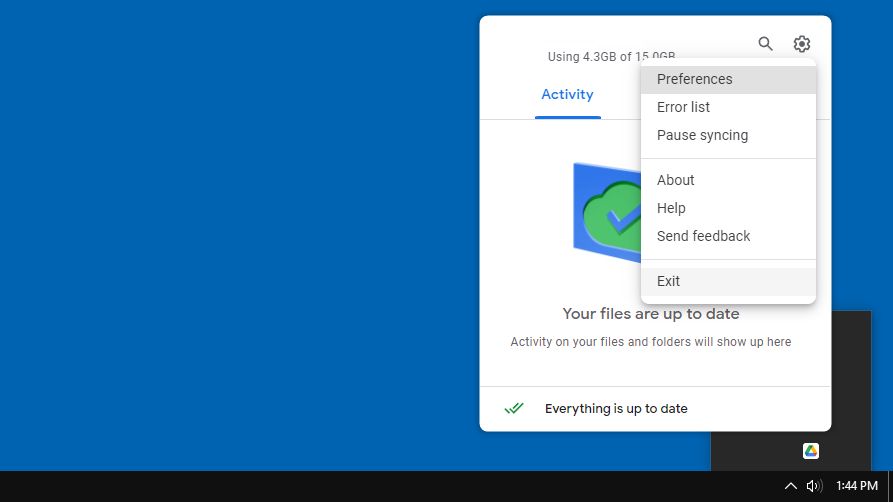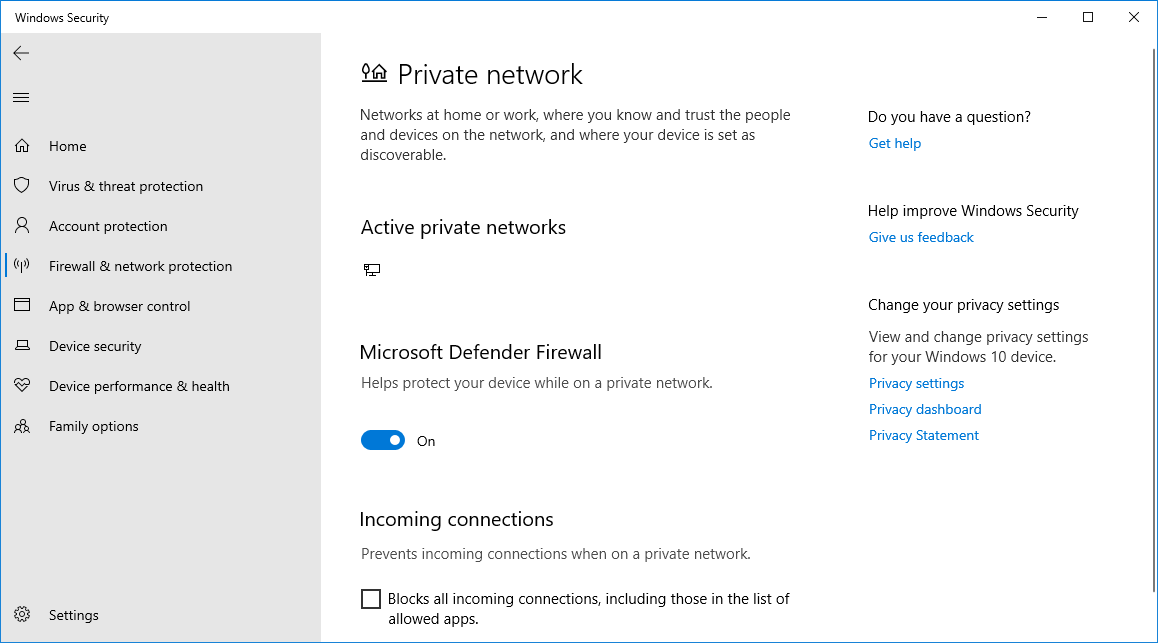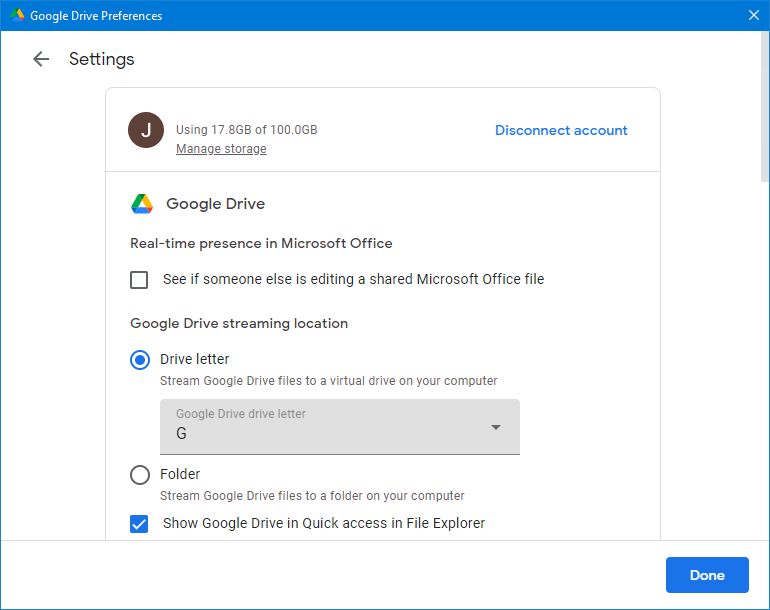Google Drive is an online and offline file syncing service, but what happens when the syncing stops working and you get upload failure errors?
It's not uncommon to have file upload problems with Google Drive on Windows and Mac. From checking your network connection, disabling your firewall, or reconnecting your account, hopefully one of our tips below will solve your Google Drive upload issues.
1. Check Google Drive's Status
Though Google prides itself on its uptime, it isn't unknown for its services to go down. If you have file upload difficulties, the first thing you should check is Google Drive's status. There's no point in trying to resolve the problem if it isn't on your end.
To do this, go to the Google Workspace Status Dashboard. This lists Google's services (look for Google Drive) and shows if there are any service disruptions or outages. It's also worth checking other sites like Downdetector and Outage.Report, where users report issues with online sites and services.
If Google Drive is down, all you can do is sit it out and wait. If it isn't, keep reading for some troubleshooting tips.
2. Troubleshoot Your Network Connection
The next thing to do is check that the issue doesn't lie with your internet connection. Handily, both Windows and macOS include troubleshooters that check your connection, find issues, and offer potential solutions:
- Windows 10: Press Windows key + I to open Settings. Click Network & Internet > Network troubleshooter.
- Windows 11: Press Windows key + I to open Settings. Click System > Troubleshoot > Other trouble-shooters. Next to Network Adapter, click Run.
- macOS: Use Spotlight to search for the Wireless Diagnostics app.
If your network difficulties continue, try restarting your router. For more support, see our guide on how to troubleshoot a network problem.
3. Check Your Storage Space
Your Google account comes with 15GB free storage space. This isn't exclusive to Drive because it's shared across other Google services like Photos and Gmail. If your file isn't syncing to Drive, you may have reached your storage limit.
The easiest way to check is to visit the Google One storage page. Here you can see how much of your data occupies each Google service. If you're at capacity, you'll either need to delete files or increase your Google cloud storage through a paid subscription.
Additionally, Google Drive has a maximum size for individual files (find out more on the Google Drive Help Center), so you'll need to resize your file if it's too large.
4. Rename Your File
Sometimes, files won't sync if they have particular characters in their name. If your file contains characters like <, >, /, \, ?, or * then get rid of them. Depending on your operating system, these won't be allowed anyway, but sometimes a program may erroneously insert them into their file names. In fact, rename the file entirely and only use letters and numbers. See if this pushes the file through.
If that doesn't work, and if it's possible to do so, save your file in a different format. Google Drive might be getting held up on something in the original format, so this is a good test.
5. Restart the Google Drive App
It's the age-old troubleshooting tip, but it does often work. Try restarting the Google Drive client to see if this resolves the file upload issues.
To do this, click the Google Drive icon in your system tray (bottom-right on Windows, top-right on Mac). Click the cog icon and click Exit. Then reopen the utility.
If this didn't work, try restarting your system entirely. On Windows, do that via Start > Power > Restart. On Mac, go to Apple menu > Restart.
6. Disable Your Antivirus and Firewall
If you're using antivirus software or have a firewall, try turning these off to see if your files start syncing. You might need to restart your computer for the changes to take effect.
For example, Windows comes with Windows Security activated by default. To turn this off, find Windows Security through a system search and open it. Once here, go to Firewall & network protection. Select your active network and slide Microsoft Defender Firewall to Off.
It's always best to keep your firewall on, so use this as a temporary solution and turn it back on immediately if it doesn't solve the file upload problem.
7. Reconnect Your Account
You can try disconnecting and reconnecting your Google account. This will mean all your files have to resynchronize, so it could take some time.
- Click the Google Drive icon in your system tray.
- Click the cog icon and select Preferences.
- From the new window, click the cog icon in the top-right.
- Select Disconnect account > Disconnect. This will also close the Google Drive utility.
Open the Google Drive program again. Click Sign in through your browser and follow the wizard to reconnect your account.
8. Reinstall the Google Drive App
If you're still not having any luck, try reinstalling the Google Drive app. To begin this process, follow our guide on how to remove Google Drive from your computer.
Once you've done that, go to the Google Drive website, download the program, and follow the installation wizard.
Keep Google Drive Organized
Hopefully one of the above steps has solved your problem. If not, you should seek advice on the Google Drive Help Community or contact Google for support.
Once you're able to upload files again, perhaps it's time to consider organizing your Google Drive files and folders to enable you quickly find what you need.





